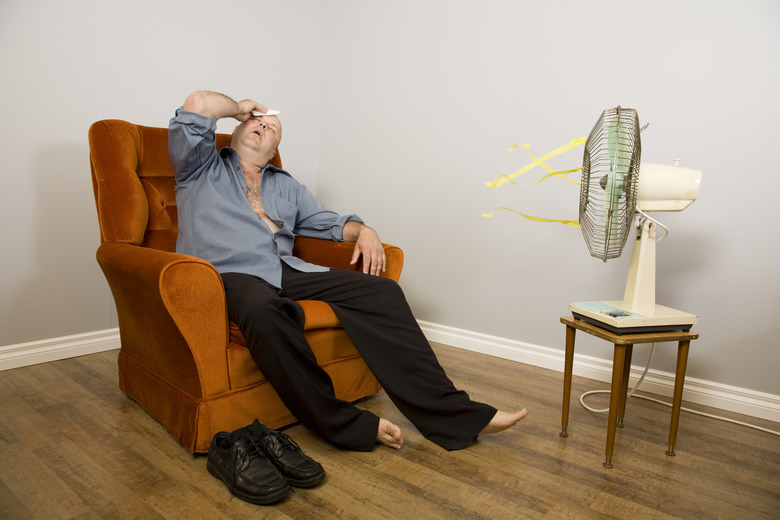Why Thanksgiving Dinner Is Basically A Workout
Afterwards you're exhausted and you might get a little sweaty — but those aren't the only things your Thanksgiving feast and exercise have in common. Sitting for a marathon meal can actually mimic the effects of low-intensity exercise in your body.
The effect is simple. After you've eaten far more food than your body was prepared to handle, your blood rushes to your stomach like an army rushing in for battle. The blood pools near your belly to help parcel through that pile of stuffing you inhaled — and detracts from the blood that's normally distributed throughout your body. As a result, your blood pressure takes a nosedive.
You might feel the effect of your lower blood pressure as nausea or lightheadedness. Some people even start to feel fatigued. But, like any strong-willed American, you power through the rest of your meal.
Your heart starts to get frantic. It beats louder, faster, and with more force in an attempt to push more blood through your somewhat-empty veins. Your stomach, on the other hand, burdened with an increasingly daunting task, continues to steal the blood from the rest of your body. (Trust us, though: It needs all the help it can get.)
Voila. You've successfully boosted your heart rate to an impressive pulse. Heart racing, brow sweating, your body attacks the mountain of food you've deposited in your stomach. The quickened heartbeat can be so high that it actually mimics the effect of low-intensity exercise.
Eating is not exercise, though — after that huge meal, we recommend you take a walk. The upright position and low-intensity movement will help your body through the turmoil of trying to digest your turkey dinner.
